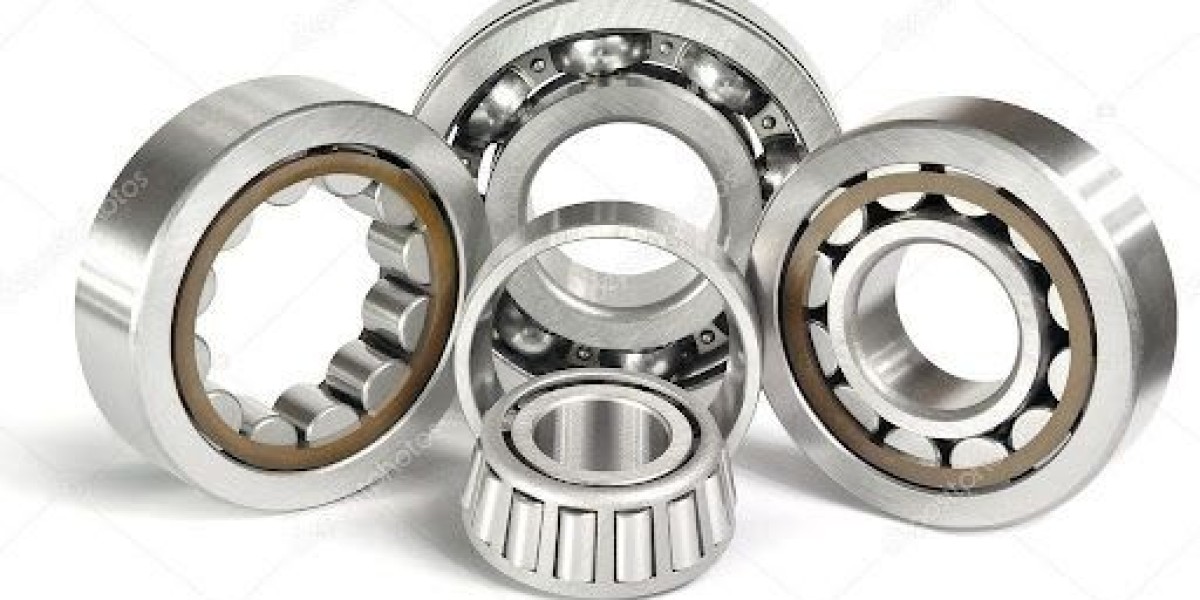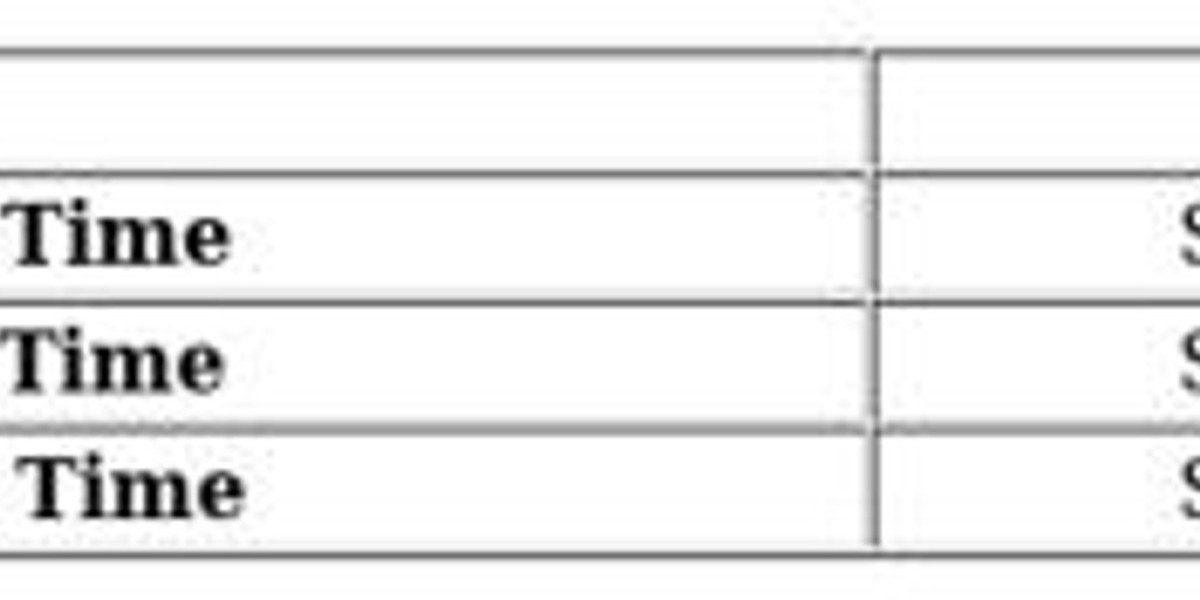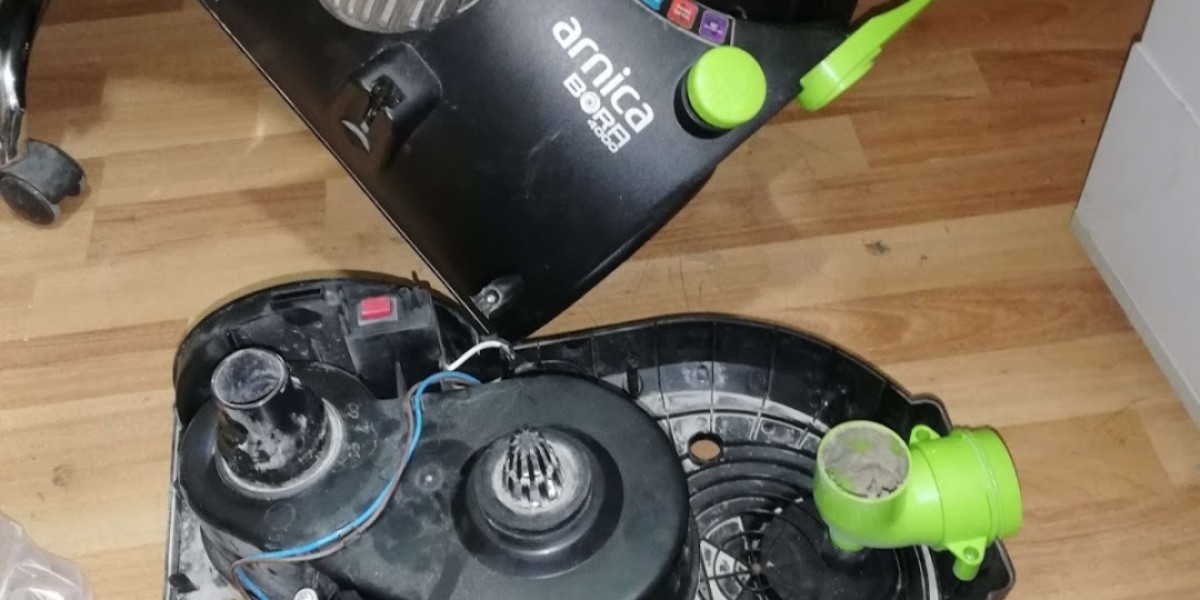When it comes to keeping machines running smoothly, even the smallest parts matter. One of those crucial parts is the roller ball bearing. These components may look small, but they play a big role in reducing friction and supporting rotating or moving parts.
If you’ve ever used a fan, driven a car, or operated industrial equipment, there’s a good chance a roller ball bearing is at work inside. It helps machines run more efficiently and last longer by allowing moving parts to turn with less resistance.
What Is a Roller Ball Bearing?
A roller ball bearing is a type of bearing that helps parts rotate easily while carrying heavy loads. It does this by using small balls or rollers placed between two rings called the inner and outer races. These balls roll instead of slide, making motion smoother and reducing heat and wear.
They’re commonly used in applications like:
Car wheels
Electric motors
Conveyor belts
Fans and pumps
Agricultural machinery
Roller ball bearings are designed to handle both radial and axial loads. Radial loads come from the side, while axial loads come from a straight line, such as when pressing or pulling.
Why Are They So Important?
Every moving machine part creates friction. Too much friction means more wear, more energy loss, and more heat. This can damage machinery and cost you money in repairs. That’s where roller ball bearings come in.
They reduce contact between surfaces and help parts move freely. This leads to:
Smoother performance
Less power usage
Longer machine life
Lower maintenance needs
The roller ball bearing also supports high-speed operations. Whether it’s a high-performance engine or a small appliance, bearings allow components to spin efficiently.
Types of Roller Ball Bearings
There are different types of roller bearings made to suit different needs:
Deep groove ball bearings: Ideal for high-speed applications
Tapered roller bearings: Designed for heavier axial and radial loads
Needle roller bearings: Useful in compact designs with limited space
Cylindrical roller bearings: Great for high radial loads
Choosing the right type depends on your machine, load requirements, and operating speed.
Signs Your Bearing Needs Replacement
While bearings are built to last, they can wear out over time. Watch for these signs:
Grinding or humming sounds
Increased vibration
Overheating
Slower machine performance
Visible damage or rust
Replacing a worn-out bearing promptly can prevent more serious damage to the machine.
Proper Care and Installation
Installing a bearing incorrectly or ignoring lubrication needs can shorten its life. Always follow manufacturer instructions and ensure the bearing is properly aligned and lubricated.
Also, make sure to use high-quality bearings from trusted suppliers. Poor-quality materials may save money upfront but cost more in the long run due to frequent failures.
Conclusion
A roller ball bearing might seem like a small part, but it carries a lot of responsibility. It keeps machines running smoothly, reduces wear, and improves overall efficiency. Whether you’re dealing with automotive systems, industrial machines, or simple home tools, bearings play a vital role in performance and durability.
By understanding how they work and recognizing when they need attention, you can make smarter choices for your equipment. Choose reliable roller ball bearings to keep things moving right.







